My friend John Haydon shared a link with me to a video by Youtube user italktosnakes (Kristina Horner). It’s a video response to another Youtube user, nerimon (Alex Day).
In both the videos, each discuss the merits of being paid to advertise products on their Youtube channels. What’s interesting is their take on how companies are approaching this. Kristina praises Ford for its Fiesta initiative (which she’s part of) while Sanyo’s “insert here” example by Alex shows a company still getting to grips with the new tools.
Each video also acts as a nice rebuff to marketers and advertisers who say that Gen Y aren’t worth dealing with as they don’t have the influence or business savvy of older media users.
How about you? Would the approaches talked about in the videos work on you? How can businesses reach you?

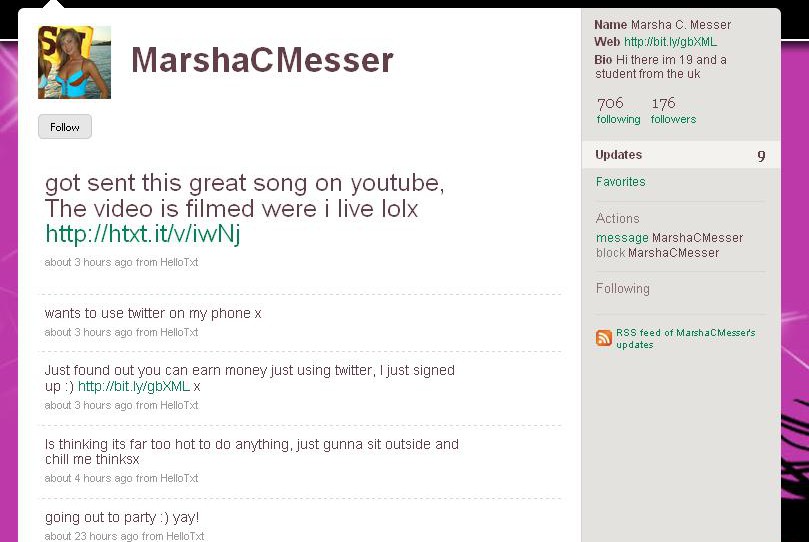

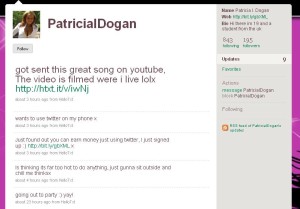
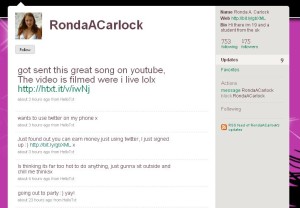
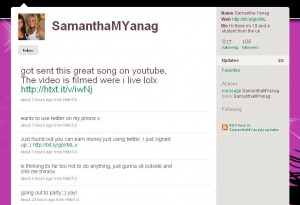
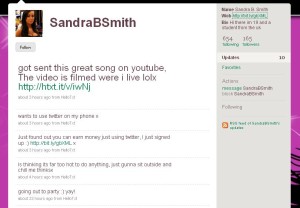
 I’m from an old-school marketing background. I got my marketing degree back in the early 90’s and it helped educate my views on how to market a message or product, and continues to help me shape strategies today.
I’m from an old-school marketing background. I got my marketing degree back in the early 90’s and it helped educate my views on how to market a message or product, and continues to help me shape strategies today.